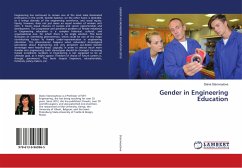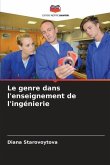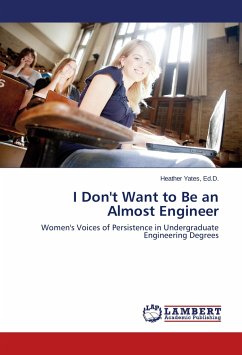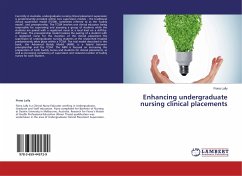Engineering has continued to remain one of the most male dominated professions in the world. Gender-balance, on the other hand, is desirable, as it brings diversity of the engineering workforce, and social equity. Equity, however, does not just mean an equal number of women and men; it means equal chances of success and career opportunities and development. The progressive and persistent problem of female imbalance in Engineering education is a complex historical, cultural, and organisational one, for which there is no single solution. This book illustrates an interesting phenomenon, which could be one of the major contributing factors to female under-representation in engineering education. This phenomenon happens when redundant stereotypical perception about Engineering and very persistent out-dated Gender stereotype meet head-to-head. Logically, in order to attract much more females into engineering, both stereotypes should be changed. Increasing female enrollment numbers in Engineering is not supposed to be an ultimate goal, as it might appear. Freedom of choice of future careers is, though, paramount. The book targets Engineers, educationalists, Feminists, policy makers, etc.








